Why Kroger Is Closing Three of Its Ocado Automated Fulfillment Centers?
Kroger announced that it will close three of its Ocado-powered Customer Fulfillment Centers (CFCs) — Pleasant Prairie (WI), Frederick (MD), and Groveland (FL) — as it restructures its e-commerce operations for long-term profitability. The closures come with a $2.6 billion impairment charge in fiscal Q3 and form the core of Kroger’s plan to improve digital profitability by approximately $400 million in 2026.
Despite five consecutive quarters of double-digit e-commerce growth, Kroger stated that its digital business remains unprofitable — a structural issue the retailer has been trying to address since early 2022.
Kroger’s Network Review: Strong Growth, Weak Profitability
Earlier this year, Kroger initiated a “full site-by-site analysis” of its automated network, jointly built with U.K.-based automation provider Ocado. After this review, Kroger determined that three of the CFCs did not meet the performance or demand-density thresholds required to justify their high fixed costs.
The affected facilities represent one of the shortest operational lifespans of any major North American automated grocery projects:
Groveland, Florida — Opened June 2021
Pleasant Prairie, Wisconsin — Opened June 2022
Frederick, Maryland — Opened June 2023
Some of these sites operated for barely 18 months before closure.
Kroger noted that it will continue monitoring the performance of its remaining CFCs and will keep using automated fulfillment in high-density markets where the economics justify it. But the overall message is clear: the centralized CFC model must prove its value.
A Strategic Pivot: From Centralized Automation to Flexible Fulfillment
Alongside the closures, Kroger outlined a significant evolution in its e-commerce strategy:
1. Increased reliance on in-store fulfillment
Kroger plans to expand store-based picking — and will begin piloting capital-light, in-store automation to increase capacity without major capital expenditures.
2. Deeper integration with third-party fulfillment partners
Kroger is strengthening its relationships with:
Instacart — now its primary delivery fulfillment provider
DoorDash — offering delivery from nearly 2,700 stores
Uber — partnership expanding in early 2026
Kroger will also be one of the first retailers to test Instacart’s conversational AI ordering tools within the Kroger mobile app.
3. Selective use of Ocado CFCs
Two previously announced CFCs — in Charlotte and Phoenix — are still planned for fiscal 2026, though neither Kroger nor Ocado offered an updated timeline.
Market Reaction: A Major Blow to Ocado’s U.S. Strategy
Ocado’s stock dropped as much as 18%, hitting its lowest level since 2013. Analysts described Kroger’s move as a severe setback:
“This is pretty devastating for Ocado Group because the USA is the flagship international market for its tech.”
The two companies have been in partnership since 2018, with the original goal of scaling to 20 CFCs across the U.S. That roadmap is now uncertain.
Ocado will receive over $250 million in compensation for the early closures, but it expects a $50 million reduction in fee revenue this year.
A Deeper Angle: Ocado’s Technology Is Brilliant — But Built for a Different Era
The Kroger news is important on its own, but it also exposes a deeper structural issue that has been evident for years:
Ocado’s automation platform is superb from a technical standpoint — but it was originally architected for a very different operating model than what U.S. retailers require today.
Let’s break down why this matters.
1. Ocado Was Designed for Scheduled, Predictable UK Home Delivery
Ocado’s system remains one of the most advanced in the world — high-density grids, swarming robots, complex routing algorithms, and powerful orchestration software.
However, the Ocado Smart Platform was engineered more than a decade ago for the U.K. online grocery model, which is characterized by:
Pre-booked delivery slots
Next-day and scheduled delivery
Predictable daily waves
High basket sizes
Repeat weekly order patterns
Dense, urban delivery routes
This model relies on predictability. Ocado’s architecture thrives on batching, consolidation, and consistency — the core operating patterns of UK online grocery.
This is well documented in early Ocado investor briefings, interviews with Ocado executives, and technology case studies during the Smart Platform’s rollout.
2. The U.S. Market Is Fundamentally Different
Kroger faces a completely different e-commerce environment. Over the past decade, U.S. consumers have shifted toward:
Same-day and increasingly sub-2-hour delivery expectations
Massive adoption of click-and-collect/curbside pickup
Smaller, more frequent baskets
Unpredictable, continuous order flow throughout the day
Lower delivery density across vast suburban geographies
This level of volatility and geographic spread is almost the opposite of Ocado’s design assumptions.
3. CFC Economics Break Down When Volume and Density Don’t Match
Ocado’s large CFCs work best when:
Order volume is extremely high
Delivery routes are compact
Orders can be batched and waves optimized
Customer behavior is predictable
Some Kroger markets simply do not reach the demand density required to amortize the fixed costs of an Ocado CFC. When the model is underfed, the economics break — even if the technology itself performs flawlessly.
This is not a technology problem.
It’s a market-fit problem.
4. U.S. Grocers Are Moving Toward Flexibility, Not Centralization
Across the industry, U.S. retailers are shifting their e-commerce strategies toward:
In-store fulfillment
Back-of-store micro-fulfillment
Capital-light automation pilots
Third-party delivery platforms
Hybrid fulfillment models
Rapid implementation over long-term construction projects
Kroger’s new direction — combining selective CFC use with extensive store-based fulfillment and deep third-party partnerships — is fully aligned with this trend.
Bottom Line
Ocado’s automation technology remains highly sophisticated. That isn’t what’s driving Kroger’s restructuring.
The core issue is structural misalignment between Ocado’s original design assumptions and the fast-paced, unpredictable, same-day fulfillment patterns that define U.S. online grocery.
Kroger isn’t retreating from automation.
Kroger is retreating from a model that was built for another market — one that assumes predictability and density rather than the flexibility and real-time volatility required in American grocery e-commerce.
Warehouse Automation’s Take
As the Kroger–Ocado story shows, the technology itself is rarely the problem. The real challenge is matching the right automation model to the realities of the operation, the market, and the customer experience you’re trying to deliver.
Our team specializes in helping retailers, brands, and logistics operators evaluate these trade-offs — from centralized fulfillment and micro-fulfillment to goods-to-person systems, robotics, and advanced orchestration software.
If your organization is rethinking its automation strategy, exploring alternatives, or assessing the fit of existing systems, we’d be glad to help you chart the right path.


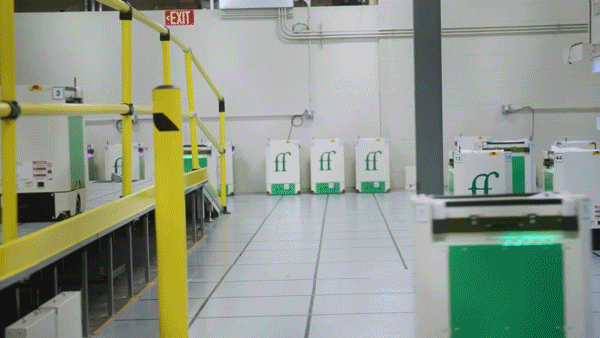

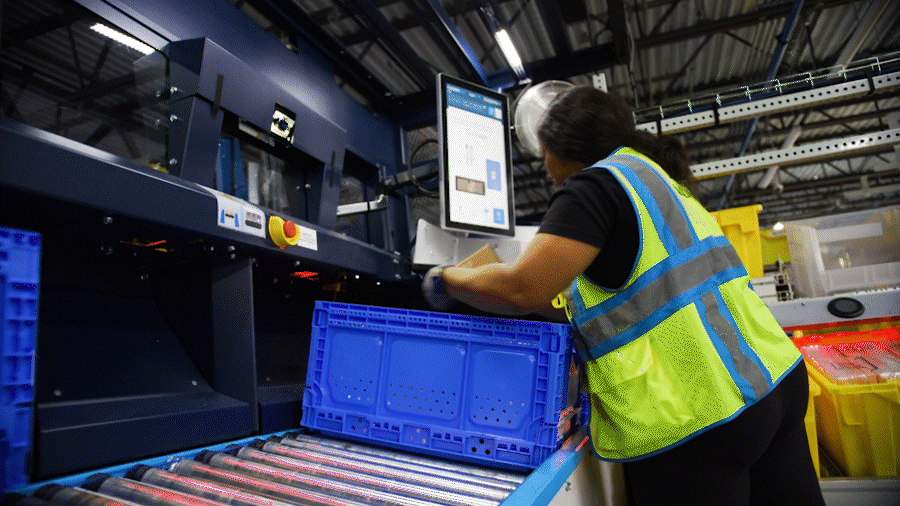







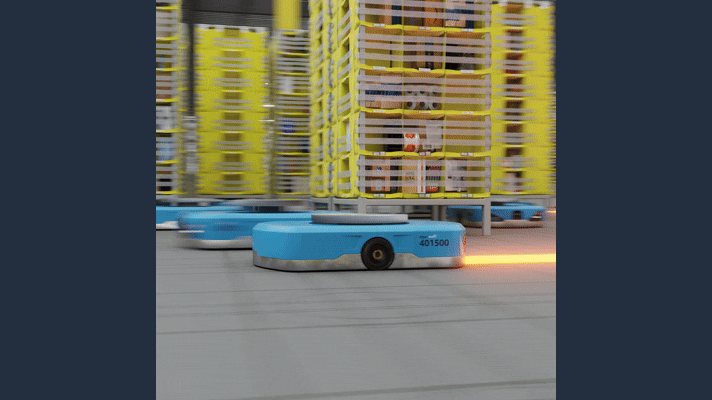








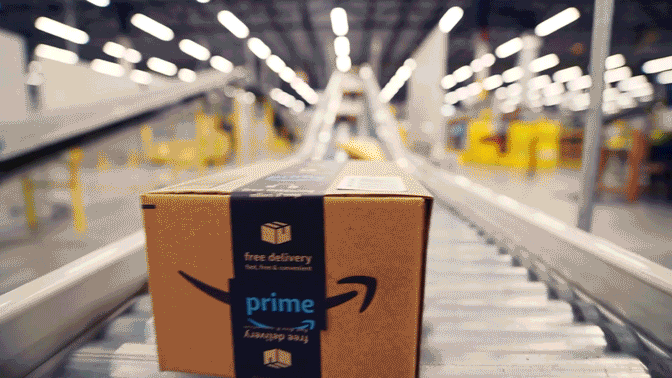




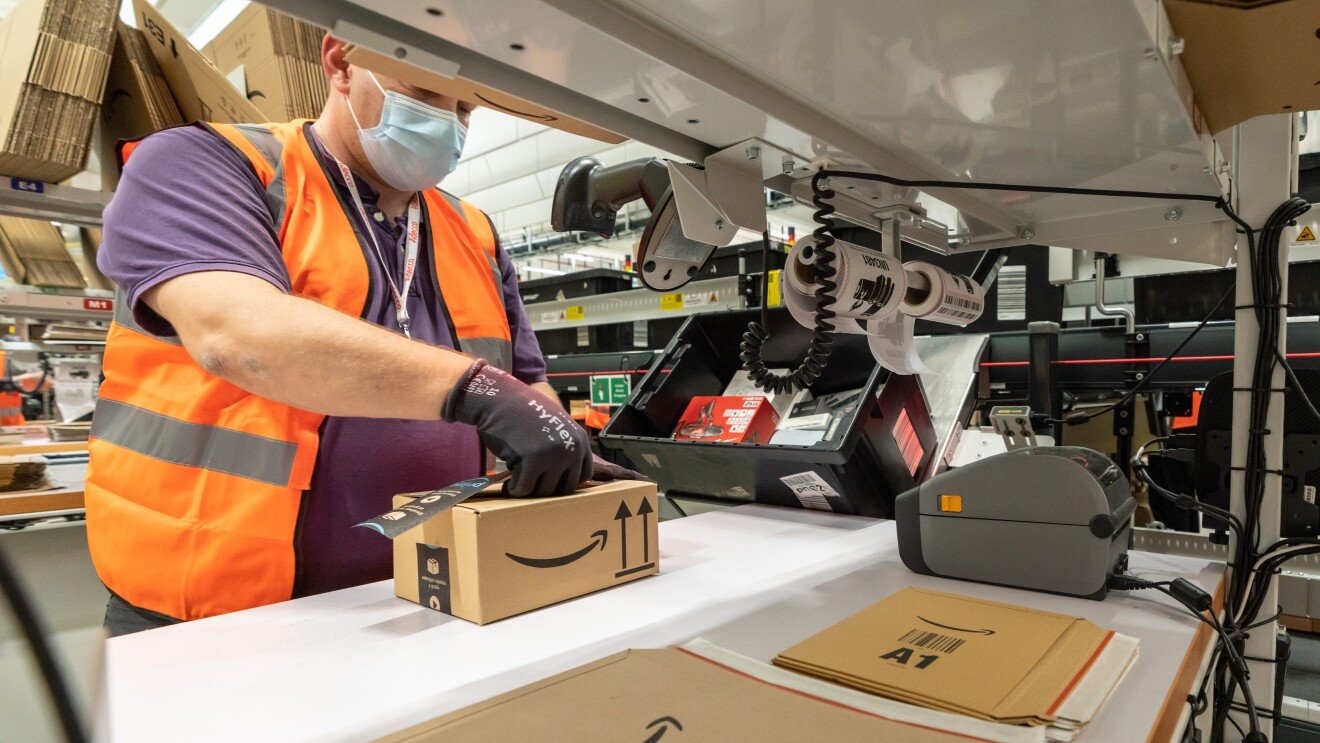



These smaller, high-velocity facilities store frequently purchased products—from fresh food and groceries to personal-care items and small electronics.